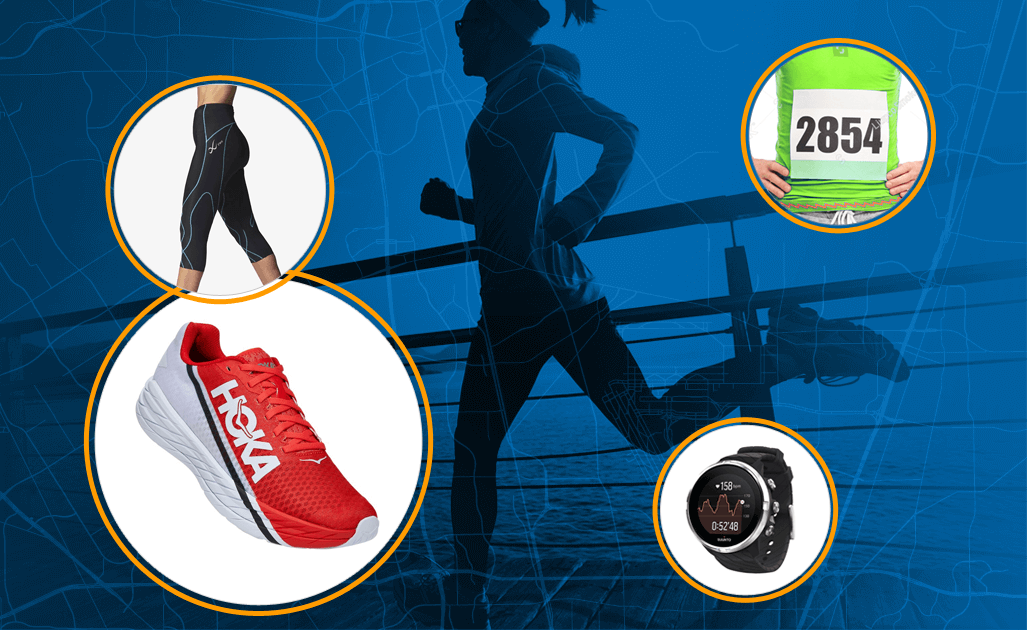Do you warm up before running?
🏃♀️🏃♂️FYI...most runners don't.
🙄You might think a slow-and-steady start, or easy first mile or two is all you need.
🦵But if you want to improve performance AND prevent injuries, a proper warm up can make a differnce.
👉In this article, physical therapist Michael Cavanah walks you through THREE moves to warm up before running.
Running is a complex movement that requires muscular strength and endurance to move your body.
Core stability provides your with a solid base to perform dynamic upper and lower body movements to propel yourself forward.
Think about all the movements that happen when you run, like:
Due to the complexity of running, it is important to get your body ready to run before you lace up and go.
Cold start vs. warm up before running?
Runners have a tendency to put on their shoes, walk out the door, and start running. You know...
But there's a better way if you want to improve running performance, run more efficienctly, and prevent injuries.
Below are THREE exercises you can do to get your legs ready to run.🦵🏃♂️🏃♀️
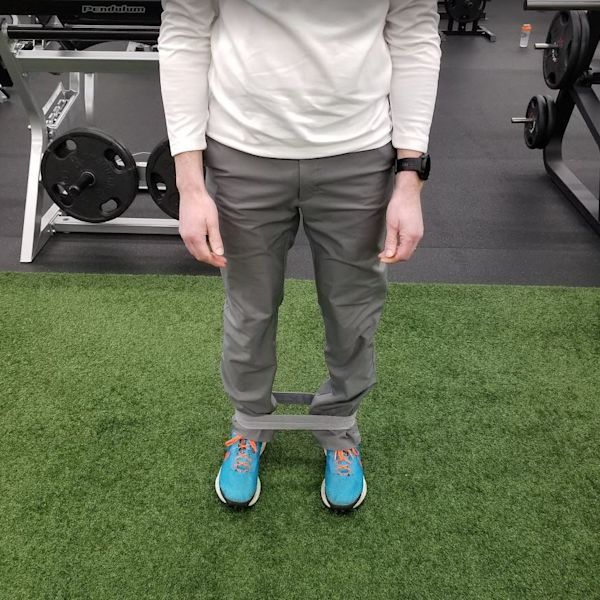

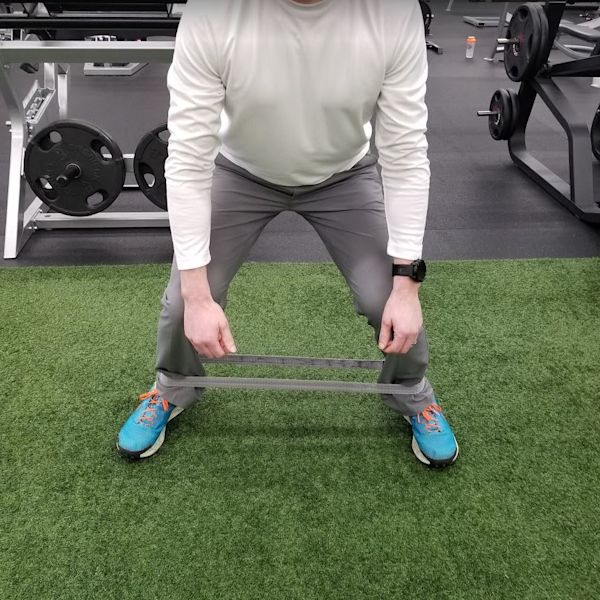
The Sidestep helps strengthen the gluteus medius on the outside of the hip. Photo by Mike Nielsen @Thrive Fitness.
Ever get tight hips from running?
Yep. That's you and just about every runner out there who neglects training the outside of the hip.
Typically, the more miles you run the tighter the hips get, too.
But there's an effective warm-up exercise that can prepare you to run more efficiently.
🦵The Sidestep.
This exercise focuses on strengthening the gluteus medius.
It's on the outside of the hip, and it's responsible for:
Note: When gluteus medius is not firing properly, one will present with a sway in the hips meaning that the hips move side to side during the run. This sway is referred to as a trendelenberg and can cause injuries such as IT band syndrome and trochanteric bursitis.
👉To perform the Sidestep:
To make it harder:
To make it easier:
🔥 The goal of this exercise is to strengthen the gluteus medius and lateral hip musculature, so a slight burn here is a good thing.
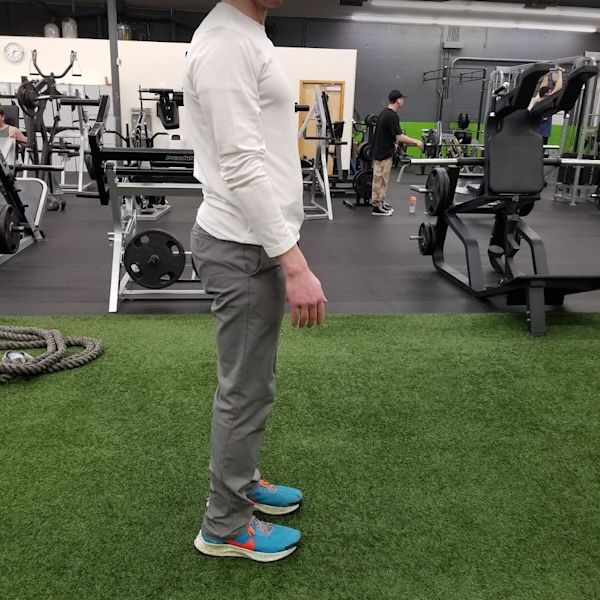
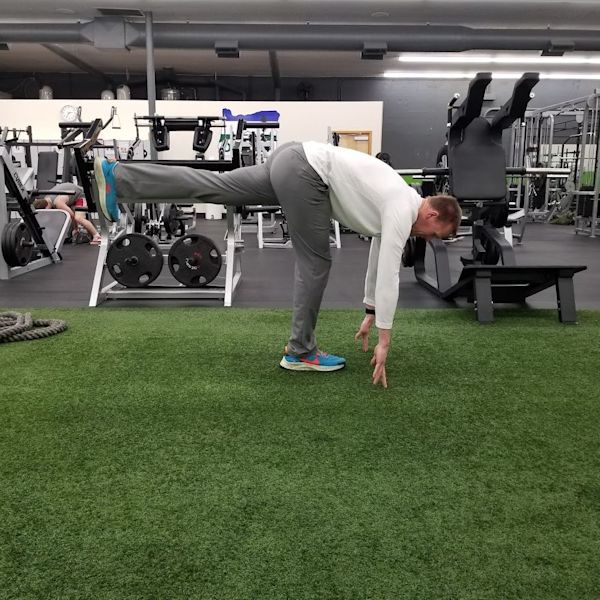
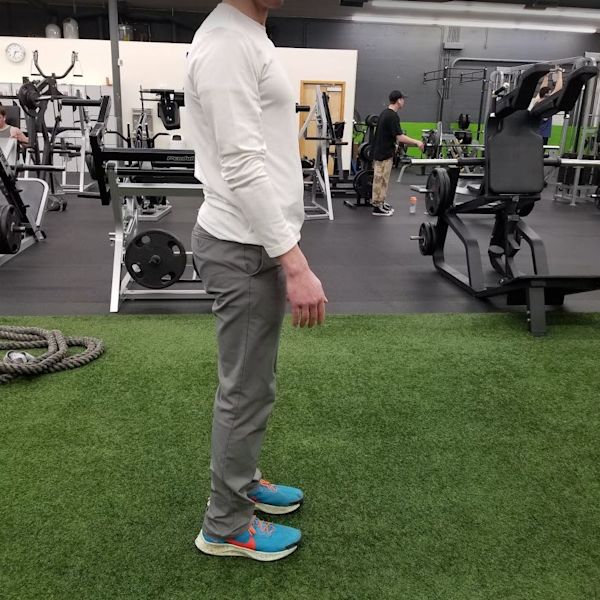
The Single-Leg Romanian Deadlift (RDL) strengthens the glutes and hamstrings, and improves core strength and balance. Photo by Mike Nielsen @Thrive Fitness.
Looking for a way to strengthen your glutes, hamstrings, and core and improve balance?
This exercise is highly underrated, in my opinion, and not performed by nearly enough runners and athletes.
The Single-Leg Romanian Deadlift requires:
Note: All of these are used during running, so this is perfect to perform in rehabilitation or as a warm up before you go for a run.
👉To perform the Single-Leg Romanian Deadlift (bodyweight):
To make it harder:
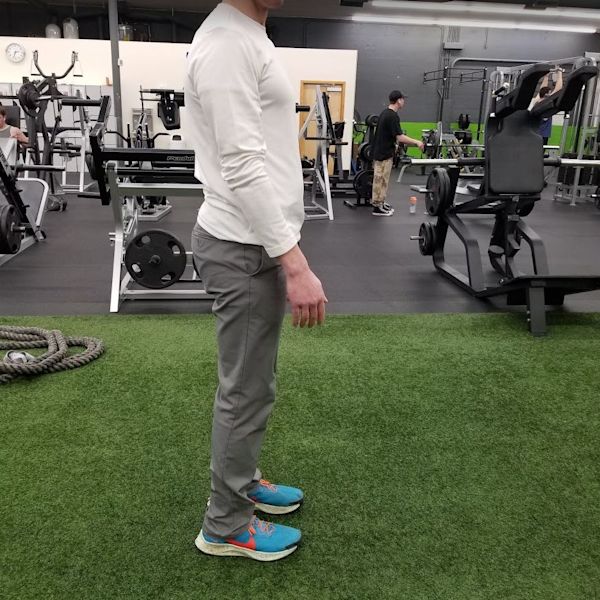
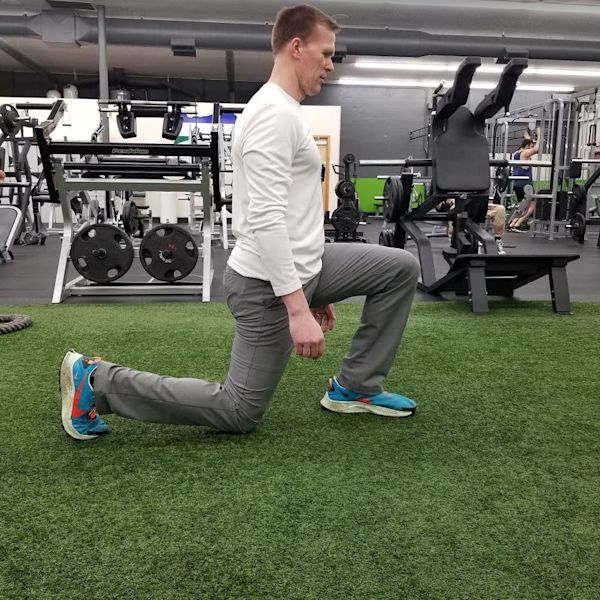
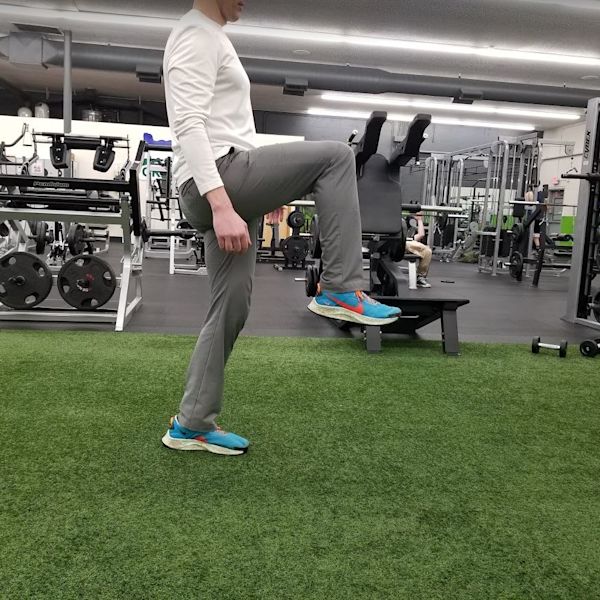
The Lunge with March simulates running in slow motion. This exercise helps improve balance and core stabilization, and builds lower-extremity strength. Photo by Mike Nielsen @Thrive Fitness.
This is usually the last exercise that I prescribe to runners before going out on a run.
Why? It simulates running in slow motion, and it requires:
🦵To perform the Lunge with March
To make it harder:
These exercises are three of many that could be part of a "warm up before running" routine, and they address THREE major components to improve running performance:
These components are critical to being an efficient runner and preventing injuries so you can keep running for a long time.
Do you warm-up before running?
Tell us about your routine in the comments.
Michael Cavanah is a physical therapist and triathlete who lives in South Carolina.

Login to your account to leave a comment.


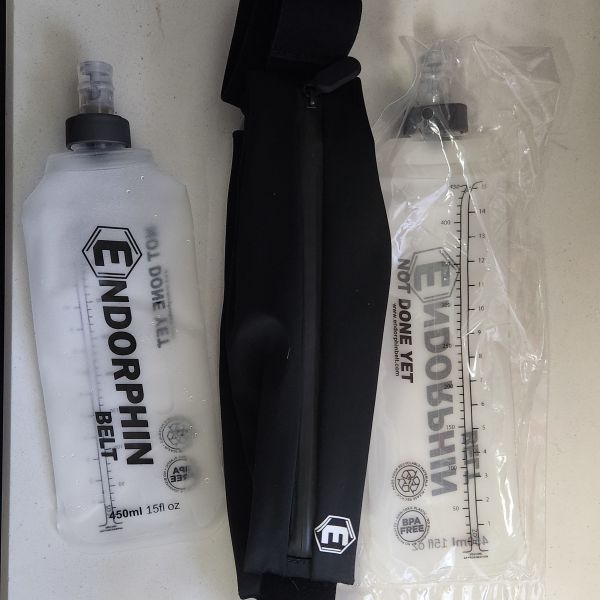
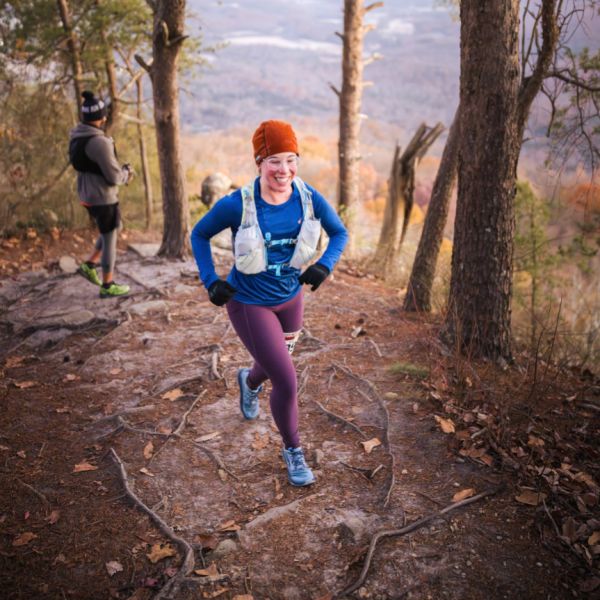
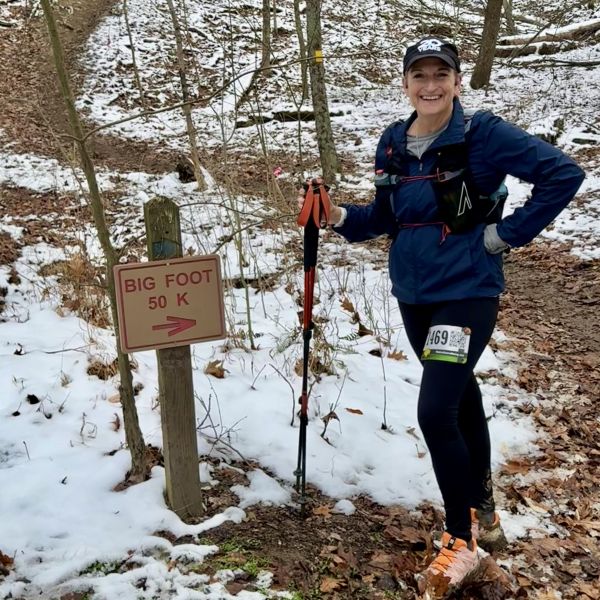
We Want to Give it to You!
